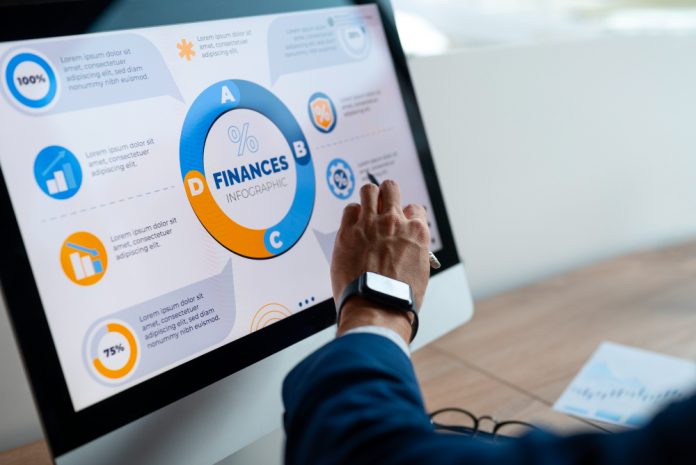The Integrated National Financing Framework (INFF) is a strategic approach to managing financing at the national level, designed to help countries align their financial resources with their development priorities. Born out of the 2015 Addis Ababa Action Agenda (AAAA), the INFF has become an essential tool in guiding nations toward achieving the Sustainable Development Goals (SDGs) also known as the 2030 Agenda. By creating a holistic system that integrates public and private financing, the INFF aims to close the financing gap and streamline the way countries mobilize and utilize funds to foster sustainable development.
The 2015 Third International Conference on Financing for Development, where heads of states met in Addis Ababa Ethiopia, was an important moment in the global discourse on financing development. The Addis Ababa Action Agenda, adopted at this summit, laid out a comprehensive framework for financing sustainable development and set the stage for the creation of the INFF. The AAAA emphasized the need for countries to adopt inclusive and integrated strategies to mobilize all forms of finance, domestic and international, public and private in support of sustainable development. It recognized that the financial landscape was becoming increasingly complex and that an integrated approach was required to address the challenges faced by individual countries.
The INFF emerged as a solution to this challenge, offering a structured approach to managing a country’s entire financing ecosystem. It allows governments to develop a clear vision of their development priorities and align financial resources accordingly. Importantly, the INFF doesn’t just focus on increasing financial flows but on ensuring that resources are allocated effectively and sustainably. This holistic approach makes the INFF critical for countries as they work toward achieving the SDGs by 2030.
Read also: Regulatory frameworks and policies influencing sustainable investing
For investors, the INFF is important because it provides greater transparency and predictability in how countries manage their financial resources. Investors are increasingly interested in projects that align with sustainability and environmental goals, and the INFF creates an enabling environment where investments can be directed toward these objectives. By ensuring that financial policies are aligned with national development goals, the INFF fosters a stable and reliable climate for investment. Furthermore, the framework helps to mitigate risks by promoting sustainable practices and clear financial governance, making countries more attractive to long-term investors who are focused on sustainable development.
The importance of the INFF goes beyond just attracting investment. It is crucial to achieving the goals of the 2030 Agenda for Sustainable Development. The 17 SDGs are ambitious, requiring significant financial resources and coordinated efforts from all stakeholders. The INFF ensures that a country’s financial strategy is geared toward meeting these targets, facilitating the mobilization of resources in a more structured and impactful way. By integrating all financial flows—public, private, domestic, and international—the INFF provides a cohesive mechanism for channeling investments into areas that need them the most, from poverty alleviation to climate action.
The INFF also plays a vital role in ensuring sustainability. As countries work to achieve the SDGs, there is an increasing need for long-term, sustainable financing. The framework ensures that financial policies are not just about short-term gains but are structured in a way that promotes sustainability over time. This is particularly important in sectors like infrastructure, renewable energy, and climate change adaptation, where the need for sustainable investments is crucial.
The Integrated National Financing Framework is a vital mechanism that bridges the gap between a country’s financial strategies and its development goals. Emerging from the Addis Ababa Action Agenda in 2015, the INFF provides countries with the tools to align their financial policies with sustainable development objectives. For investors, it offers a transparent and predictable environment for sustainable investments. For nations, it is a critical pathway to achieving the 2030 Agenda and ensuring that development is both inclusive and sustainable for future generations.





